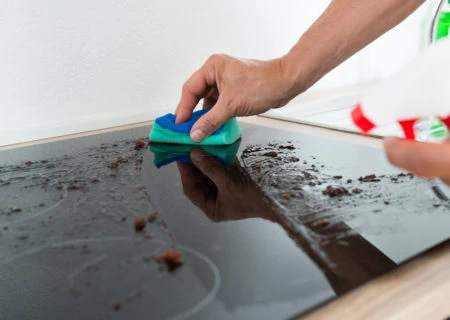Don't wanna be here? Send us removal request.
Text
How to Check for Hidden Leaks or Water Damage During a Deep Clean
How to Check for Hidden Leaks or Water Damage During a Deep Clean
To check for hidden leaks or water damage during a deep clean, start by inspecting common areas like under sinks and around appliances. Look for water stains or discoloration on walls and ceilings, which can indicate moisture issues. Pay attention to musty odors, house cleaners cambridge which often suggest mold growth. Use a water pressure gauge outside to identify any irregularities that could signal a leak. Don’t forget to monitor your water bill for unexplained increases. Regular checks can help maintain your home’s integrity. Stay tuned to uncover more detailed tips and strategies for effective leak detection.
Understand the Signs of Leaks
When you’re trying to identify hidden leaks, being aware of the signs is essential. Look for water stains or discoloration on walls and ceilings; these often indicate moisture buildup.
You might also notice peeling paint or wallpaper, which can signal a leak behind the surface. Pay attention to any musty odors, as they often suggest mold growth due to water intrusion.
Additionally, check your water bill—an unexplained increase can point to a hidden leak. If you see damp spots on the floor or hear dripping sounds when everything’s turned off, take note.
Inspect Common Leak Areas
Recognizing the signs of leaks is just the first step; now it’s time to inspect common leak areas in your home.
Start in the kitchen, checking under the sink and around the refrigerator for any signs of moisture. Don’t forget to look at the dishwasher and plumbing connections.
In the bathroom, inspect the toilet, shower, and faucet areas. Pay attention to the seals and grout; even small cracks can lead to significant issues.
Move to your laundry room, ensuring the washing machine hoses are secure and free of wear.
Finally, examine your basement or crawl space for signs of water intrusion. Being proactive here can help you serve your home—and your family—by preventing costly repairs down the line.

Check for Water Stains
Water stains can be a clear indicator of hidden leaks or moisture problems in your home, so it’s essential to check for them regularly.
Start by inspecting ceilings, walls, and around windows or doors. Look for discoloration, dark spots, or peeling paint, as these can signal underlying issues.
Don’t forget to check less obvious places like behind appliances or under sinks. If you spot any stains, take a moment to investigate further; they might indicate a leak that needs attention.
Addressing these issues promptly not only protects your home but also helps create a safe and healthy environment for those you care about.
Look for Mold Growth
Mold growth can be a telltale sign of hidden moisture issues in your home. As you deep clean, pay close attention to damp areas like bathrooms, basements, and under sinks.
Look for discoloration, fuzzy patches, or even a musty smell—these can all indicate mold presence. If you find mold, act quickly; it can pose health risks to you and your loved ones.
Consider using natural cleaning solutions like vinegar or baking soda to tackle small areas of mold. For larger infestations, you might want to consult a professional.
Test Water Pressure
While you may not think about it often, testing your water pressure can reveal hidden leaks or plumbing issues in your home.

1 note
·
View note